Anotop 25 Syringe Filter, Sterile 0.02µm 50/pk
SKU
WH/68092102
Brand
WHATMAN
Pre-order (Deliver in 8 to 12 weeks)
Whatman Anotop sterile syringe filters from Cytiva contain an inorganic Anopore membrane. The low protein binding exhibited by this sterile membrane filter make it well suited for biological filtration.
Whatman Anotop sterile syringe filters from Cytiva contain an inorganic Anopore membrane. The low protein binding exhibited by this sterile membrane filter make it well suited for biological filtration.
- Sterile syringe filters for critical applications
- Aluminum-based inorganic Anotop syringe filters in three pore sizes
- Compatible with most organic solvents and aqueous samples
- Low hold-up volume (< 20 μL for Anotop 10) for maximum sample recovery
- Made without wetting agents or adhesives for low risk of sample contamination
- Capillary pore structure supports highly consistent filtration results
Cytiva business also offers Anotop and other syringe filters with glass microfiber (GMF) prefilters.
| Manufacturer Part Number | 6809-2102 |
|---|---|
| Brand | WHATMAN |
| UOM / Pack Size | 50 |
Write Your Own Review
More from WHATMAN

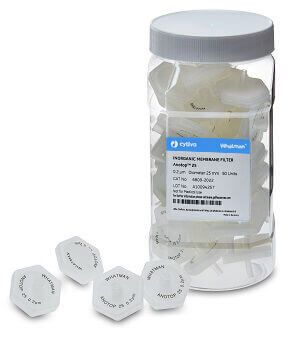


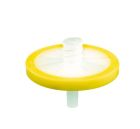
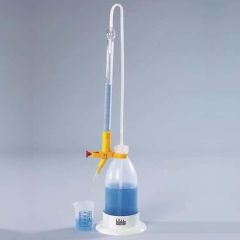
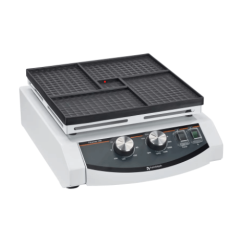
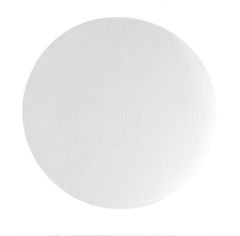

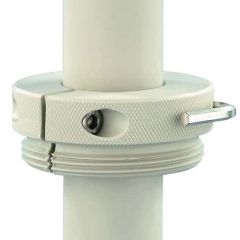

Validate your login